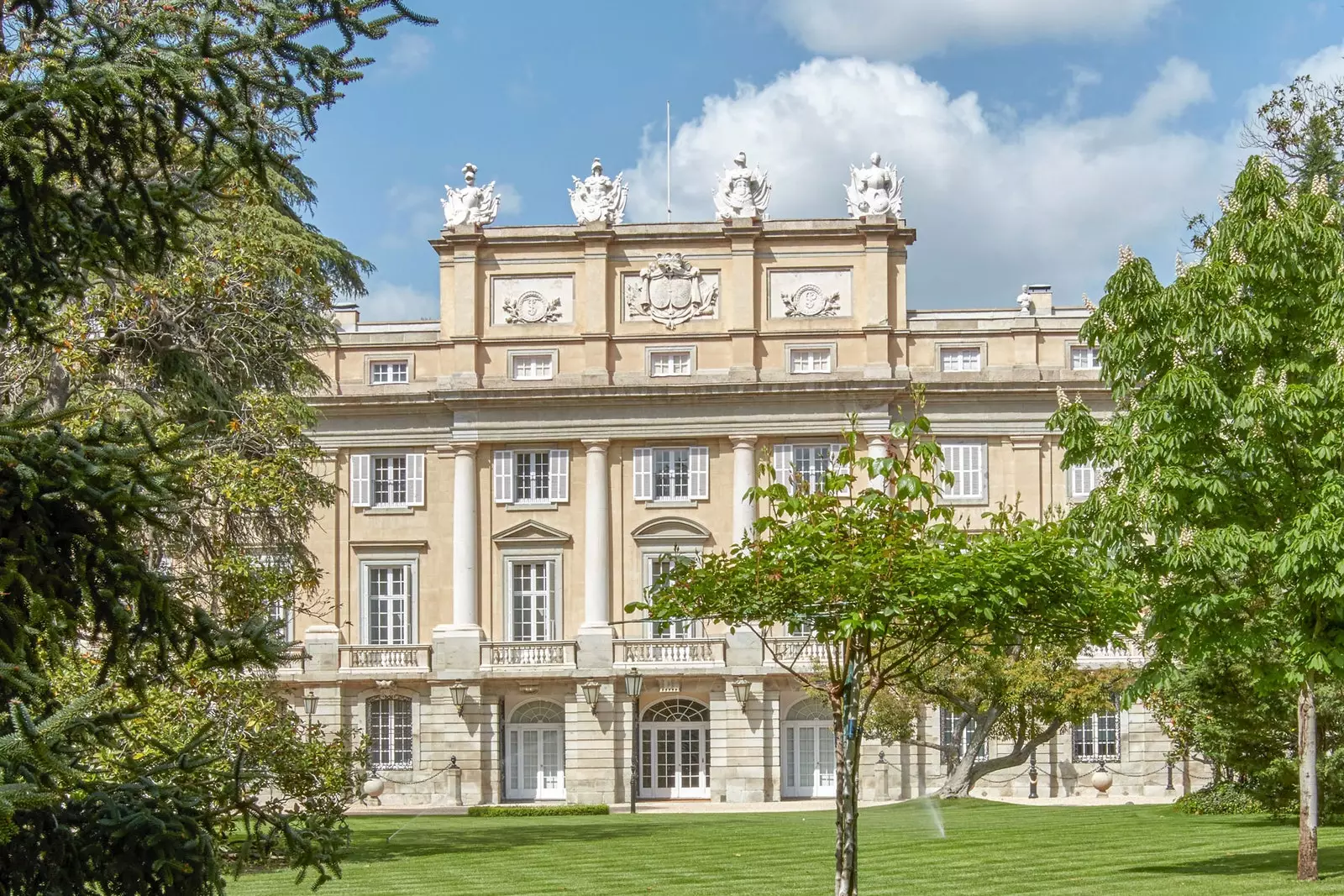
The main gardens of the Palacio de Liria
Built in the second half of the 18th century by Ventura Rodríguez, the Liria Palace It is one of the most emblematic architectural works of the capital.
Seriously damaged during the Civil War, the Palace was rebuilt thanks to the XVII Duke of Alba, Don Jacobo and de the XVIII Dukes Doña Cayetana and Don Luis, whose work they completed and paid for in its entirety.
Until now, the Palace could only be visited on very specific occasions and by a small number of people, but, from September, this jewel opens its doors so that we can all discover one of the greatest artistic legacies in the history of Spain.
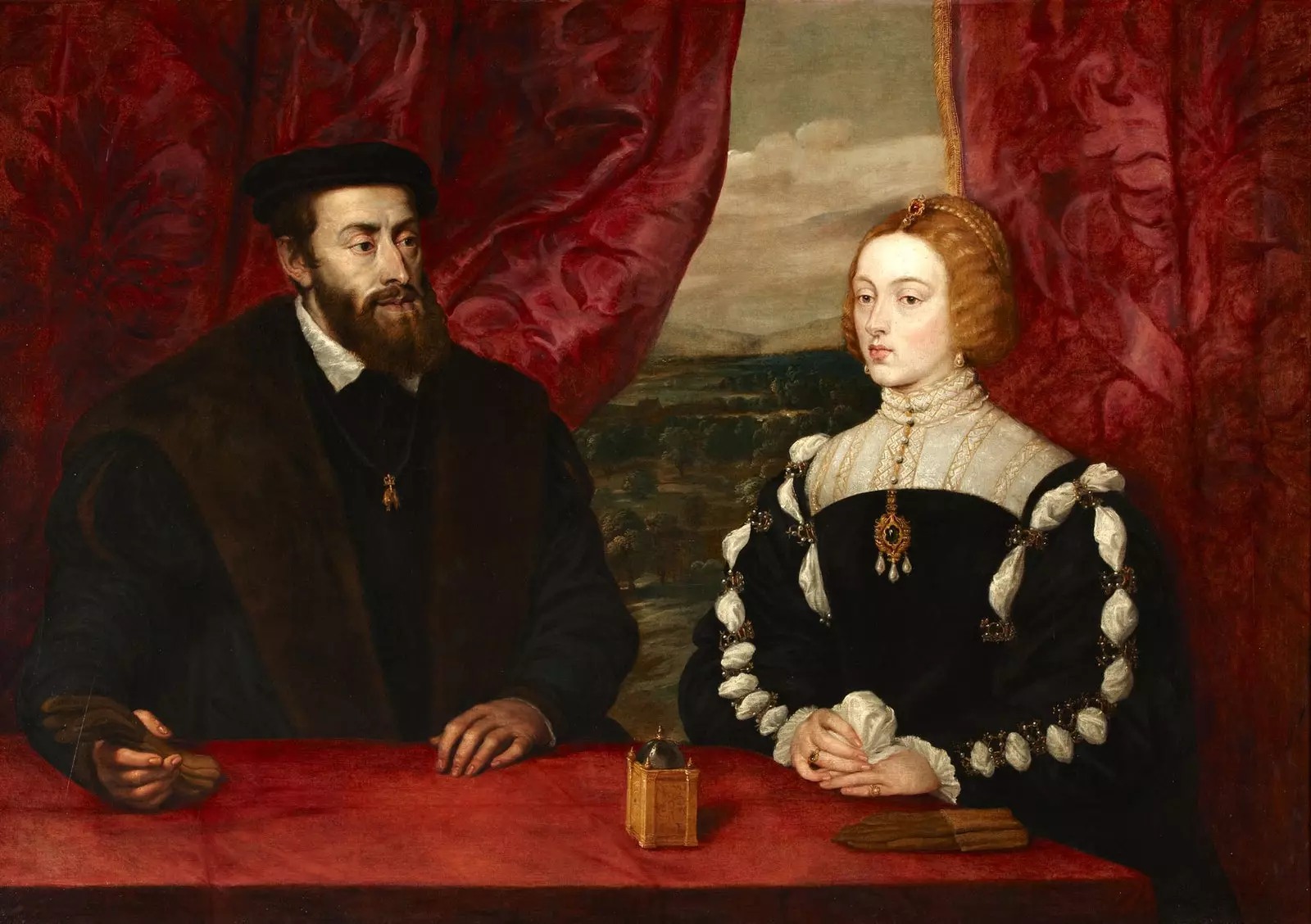
Carlos V and the Empress Isabel, by Rubens (Flemish Hall)
THE DOORS OF THE PRIVATE RESIDENCE OPEN
"My wish is to share the works that make up my family's collection with a public that is increasingly knowledgeable and interested in culture and history, making the artistic treasures of the Casa de Alba known to all of Spanish society," he says. D. Carlos Fitz-James Stuart, Duke of Alba, in an official statement.
“Thanks to our constant conservation work, these unique works have survived to this day and now I want to offer them to all the citizens and visitors of Madrid”, he concludes.
The XIX Duke of Alba remains faithful to his commitment to the conservation and dissemination of the historical-artistic heritage of his family and as he did in 2018 with the Palace of Monterrey of Salamanca and in 2016 Palace of Las Dueñas in Seville , the Duke of Alba remains faithful to his commitment to the conservation and dissemination of the historical-artistic heritage of his family.
For this reason, he has decided to open the doors of one of the most important private residences in Madrid to the public, located in the well-known Calle de la Princesa.
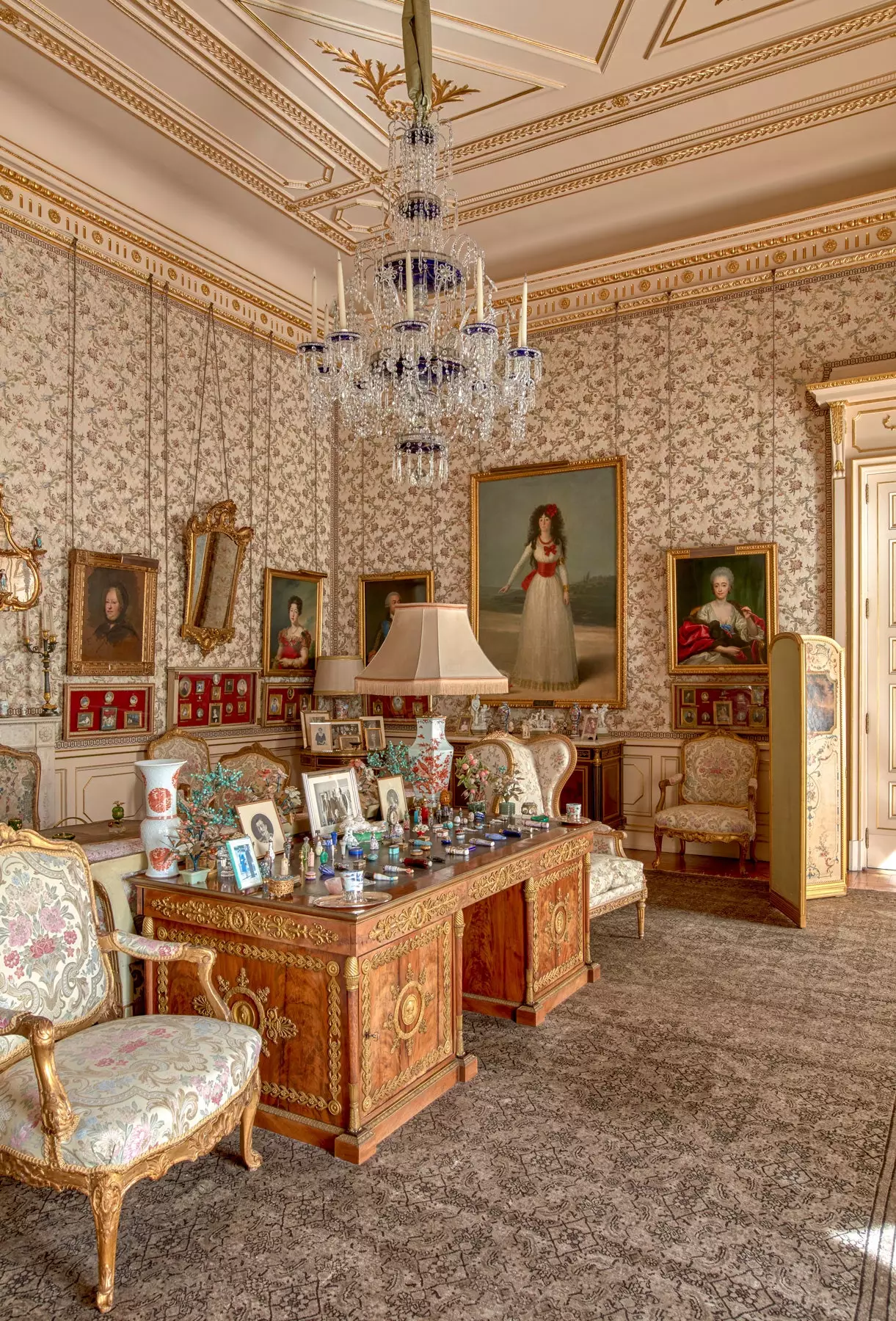
Goya Hall
THE VISITS
The visits will be made in groups of a maximum of 20 people and will last about 65 minutes. During the tour, visitors will be able to see one of the greatest artistic legacies in the history of our country, the result of 600 years of patronage and collecting by the Casa de Alba.
More than a dozen rooms, located on the first and ground floors of the Palace, will be shown to the visitor, who will also be able to enter the impressive library, which contains more than 18,000 volumes.
Bibliographical and documentary jewels are exhibited in it, such as the Casa de Alba Bible, the only collection of autograph letters of Christopher Columbus in private hands, the last testament of Fernando El Católico either the first edition of Don Quixote of Madrid in 1605.
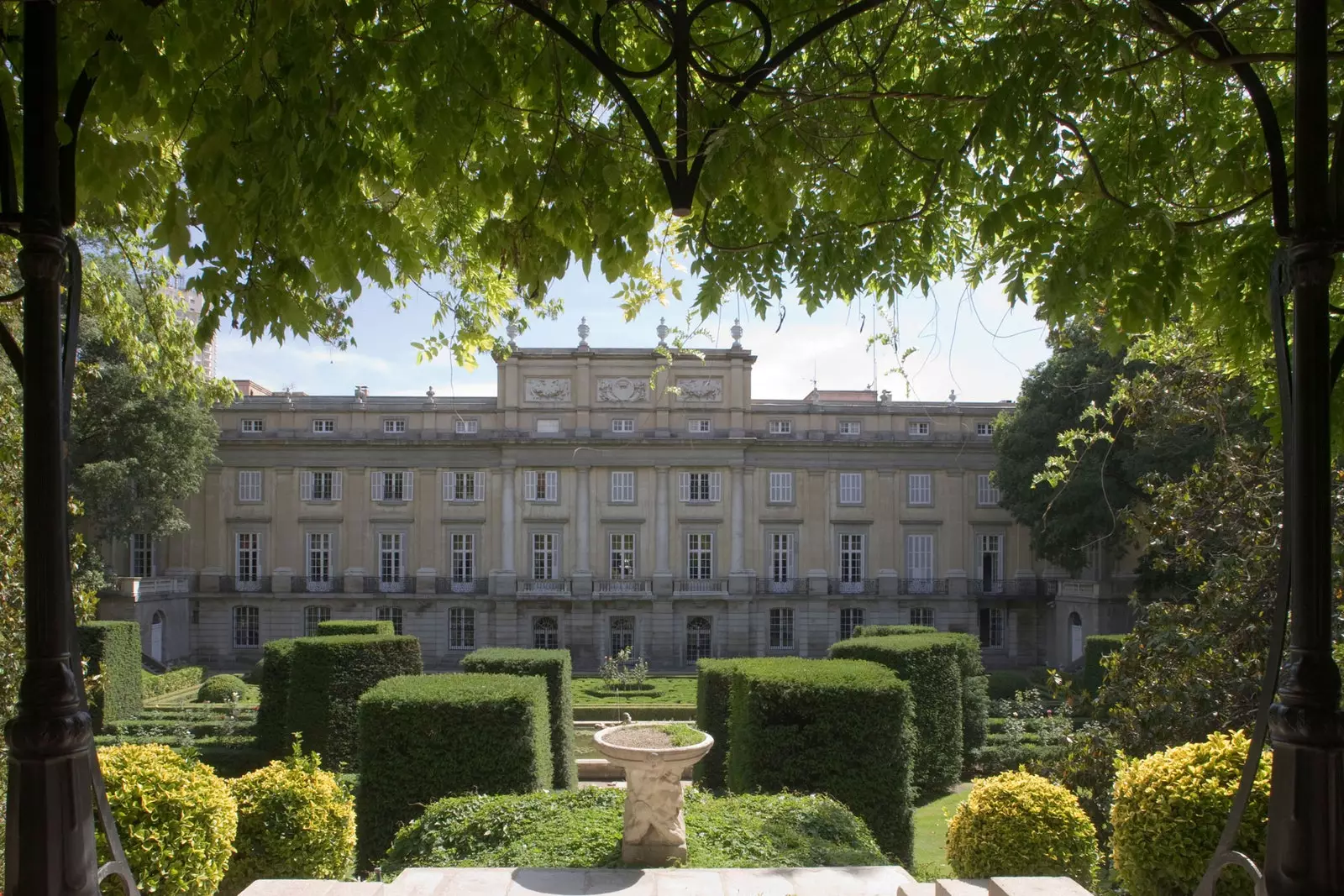
One of the most important architectural and artistic gems in Madrid
THE HALLS
The halls of the Palacio de Liria are arranged according to your functionality, artistic style, historical period and national schools.
Thus, on our tour we can visit the main dining room, the ballroom, the Italian room and the Spanish room, where the great masters of our Golden Age coexist.
“By going through its halls it is possible feel the mark of past centuries and discover not only the history of one of the most notorious families in Spain, but also some of the most important events in our country and the world”, he says Alvaro Romero Sanchez Arjona, the historian of the Casa de Alba Foundation and responsible for this project to open the Palacio de Liria.
“Paintings, sculptures, tapestries, furniture, engravings, documents and books, as well as a wide range of porcelain and decorative arts, they are distributed throughout the different halls to be admired by visitors, who will be able to enjoy a unique collection”, he concludes.
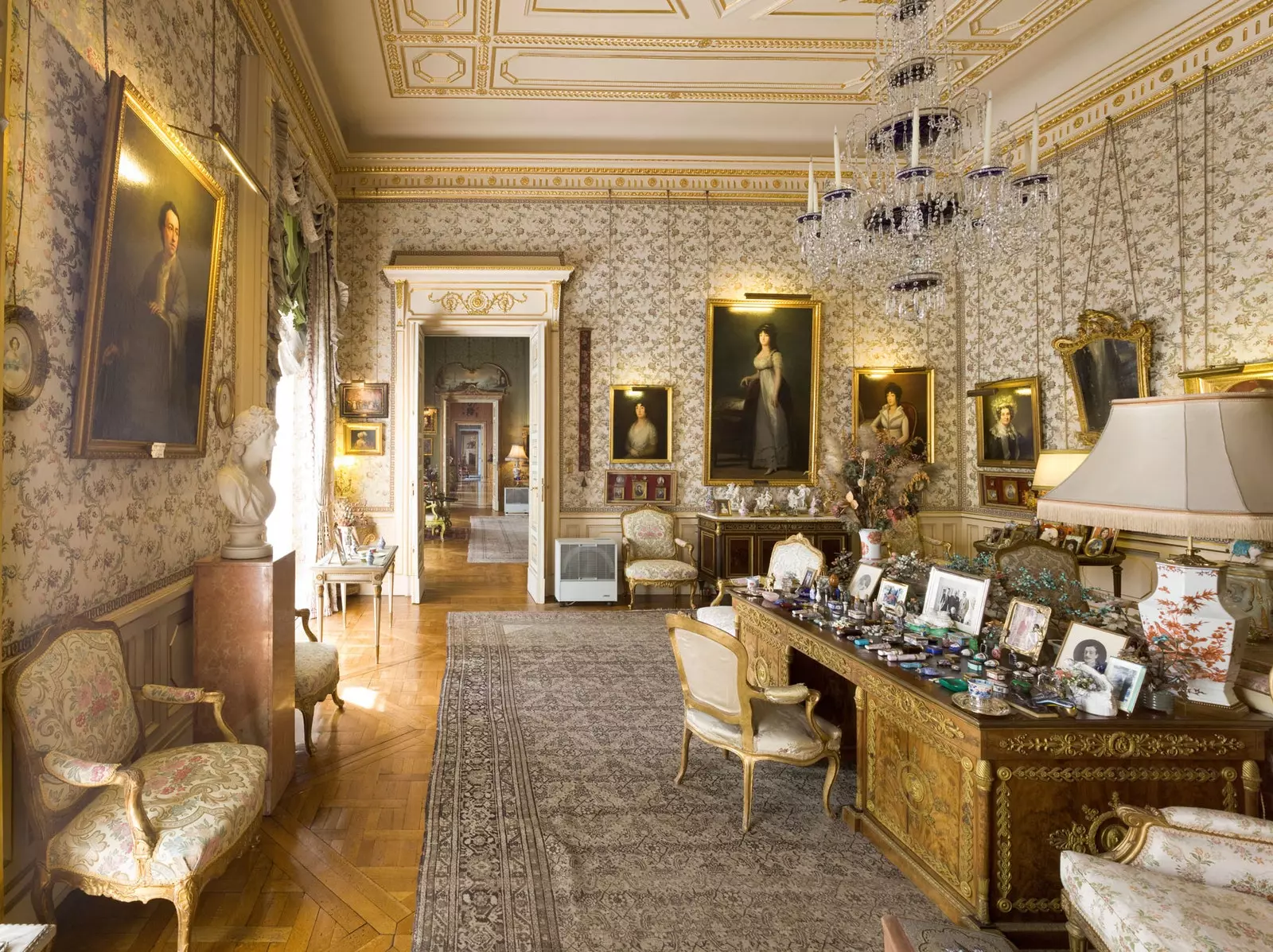
Goya's Hall
THE PAINTING: A LEGACY FINALLY DISCOVERED
Among the most outstanding pictorial works of the Palace, we find the portraits of Francisco de Goya the XIII Duchess of Alba and the Marchioness of Lazán, who made Titian and Rubens of the Grand Duke of Alba, and other important canvases by artists such as Velazquez (Infanta Margarita), Murillo (Juan deMiranda), Zurbaran (Santo Domingo de Guzmán) or El Greco (_Christ on the cross) _.
DECORATIVE ARTS
**Porcelain from different factories (Sevres, Meissen, Alcora, Buen Retiro) **, a rich and varied collection of clocks and furniture of different styles and periods , such as those made by the famous cabinetmakers Riesener and Jacob, and many others that arrived at the Palace of Liria at the hands of Empress Eugenia de Montijo, wife of Emperor Napoleon III.
The hangings also play an important role in the decoration of the Palace, highlighting above all the four cloths of the New Indies, fabrics in the Parisian factory of Gobelins, and the three of the Day of Germany, by Willem de Pannemaker (16th century), dedicated to the campaigns of Emperor Charles V.
We can also enjoy important works of Flemish, Dutch and Italian painting such as the double portrait of Carlos V and Empress Isabella of Portugal, by Rubens , as well as landscapes, interiors and seascapes by authors such as David Teniers, Van de Velde, Jan Brueghel de Velours , and outstanding works of Palma the Elder, Peruggino or Maratta, among many others.
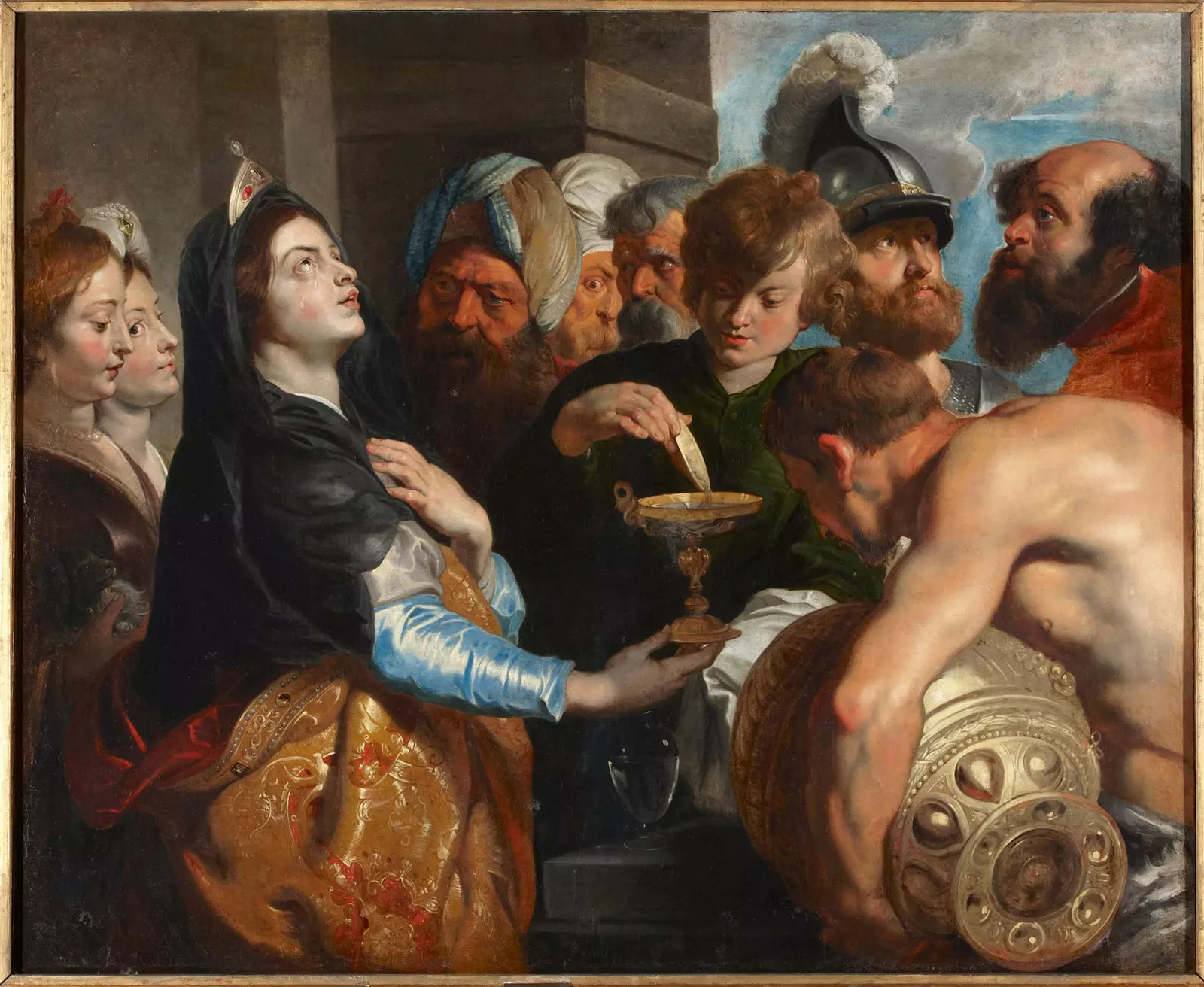
Artemis by Gerard Seghers
AN INHABITED HOUSE –AND VISITED–
The Liria Palace will continue to be the residence of the XIX Duke of Alba , so the visitor who crosses its doors will find an inhabited house.
Suitability for opening to the public next September it has been paid for in its entirety by the Duke of Alba and has focused on aspects such as air conditioning, security and fine-tuning of the collection.
Tickets, which will include audio guide in different languages and will have a general price of 14 euros , can be purchased from today, through ** the website ** and from next September at the box office that will be set up for this purpose at the entrance to the building.
Visiting hours will be Mondays from 9:45 a.m. to 2:00 p.m. and, **from Tuesday to Sunday (holidays included)**, both in the mornings and in the afternoons, during from 9:45 a.m. to 2:00 p.m. and from 3:45 p.m. to 7:30 p.m. in summer time (from March to October).
In winter (from November to February), they will end one hour earlier, at 6:30 p.m. The Liria Palace will be closed to the public on December 24 and 25, January 1 and 6 (December 31, together with January 5, access will only be in the morning).
